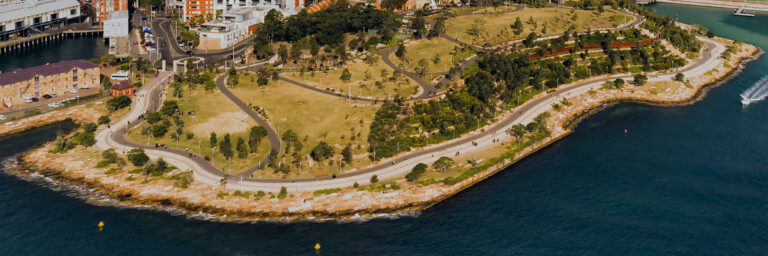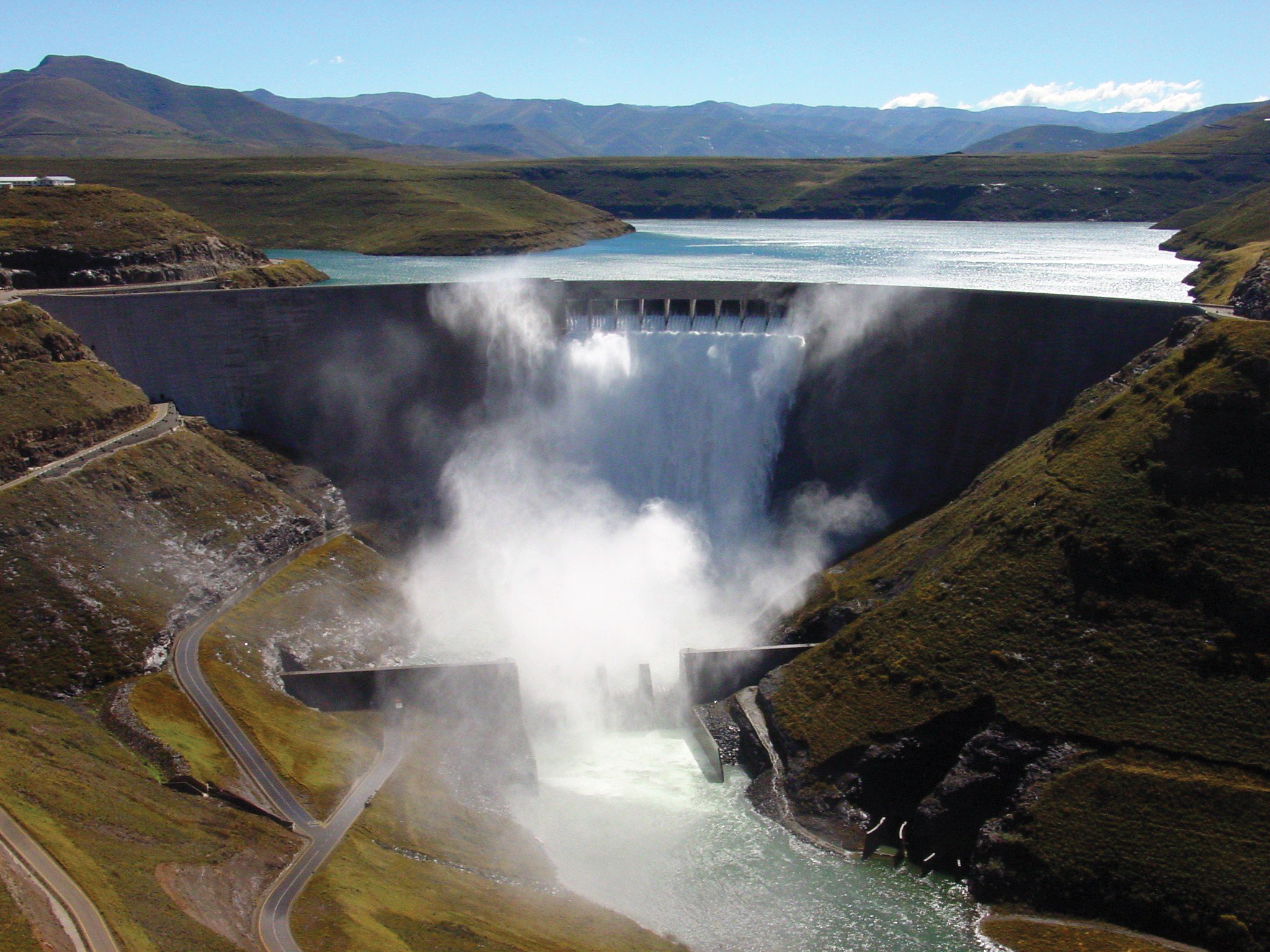
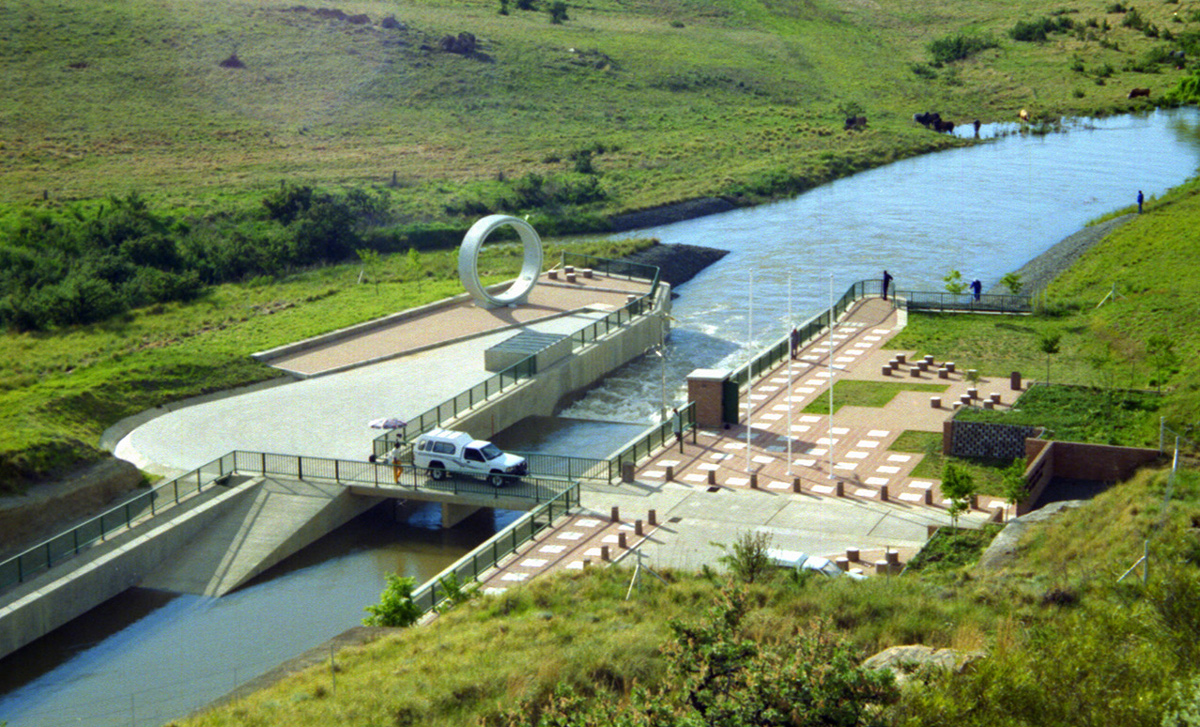
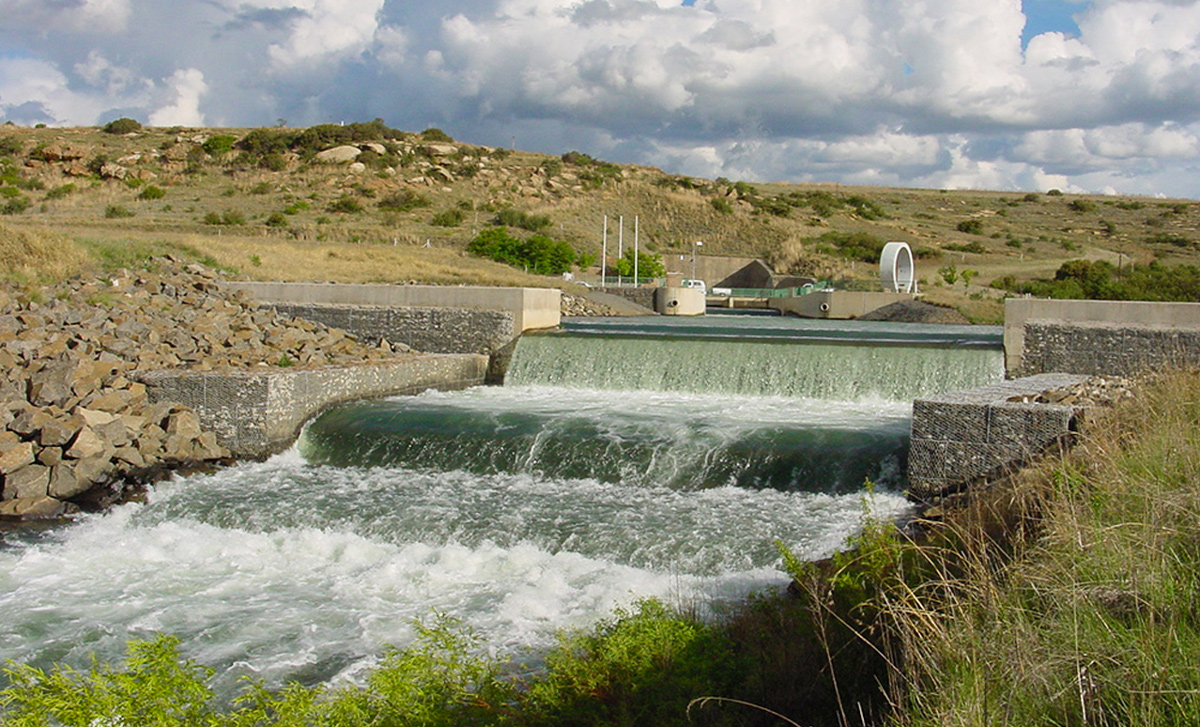
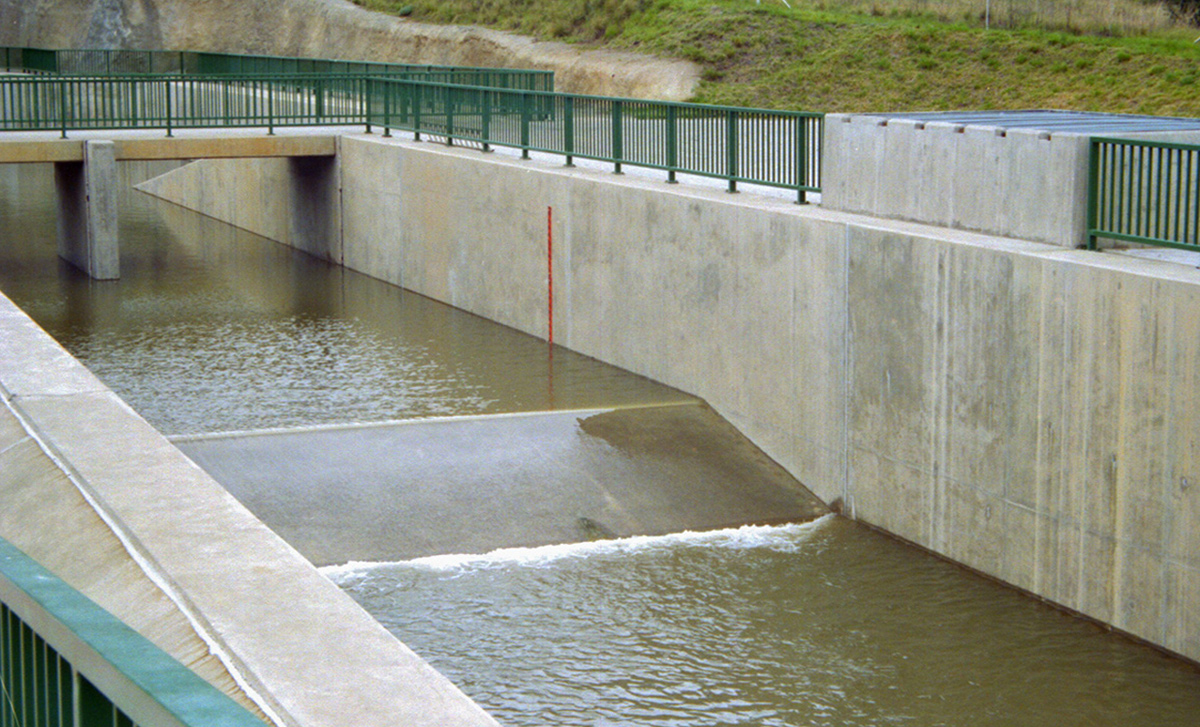
The LHWP is expected to ultimately transfer about 70 cubic meters of water per second to the industrial province of Gauteng in South Africa.
The project has had tremendous impact on the communities of both nations. New surfaced roads infrastructure made access to the highlands possible for normal light and heavy vehicles. Power lines constructed to serve the major construction sites became the backbone of an electricity supply network. Schools and clinics constructed for the project became part of the expanding level of services being provided by government and aid agencies. Construction site infrastructure was handed over to the local authorities for use as housing, commercial and tourism related activities.
We are proud to be an integral part of Phase II, providing professional services for the design and construction supervision of the Polihali Transfer Tunnel, as part of the Metsi a Senqu-Khubelu Consultants Joint Venture (MSKC). This is a 38km transfer tunnel that will convey water from the Polihali to the Katse Dam.
In addition to the Katse Lake Tap and all associated infrastructure, SMEC and partners are also designing and supervising the construction of:
- 8.3km of drill-and-blast tunnels
- 34km of tunnel-boring-machine (TBM) tunnels
- 230m of shaft sinking
Related
insights
 A circular economy for water: water demand and fit for purpose supply
A circular economy for water: water demand and fit for purpose supply
Australia, and the world, is increasingly seeing the effect of climate change on our water supply and security. Scarcity and drought are becoming more prevalent, placing pressure on the current water supply network, and communities are expecting better solutions. As we mark National Water Week in Australia and prepare for summer, it is time to discuss how we best utilise our existing water supplies and create a more resilient future.
 Collaboration key to successful community outcomes for water resilience projects
Collaboration key to successful community outcomes for water resilience projects
The Murray-Darling Basin is an area of vast significance to Australia. It plays a crucial role in Australia’s food supply network, producing over 40% of our agricultural produce, and is home to 35 endangered species and 16 internationally significant wetlands. It supports over 2.2 million Australians, including 40 different First Nations communities.
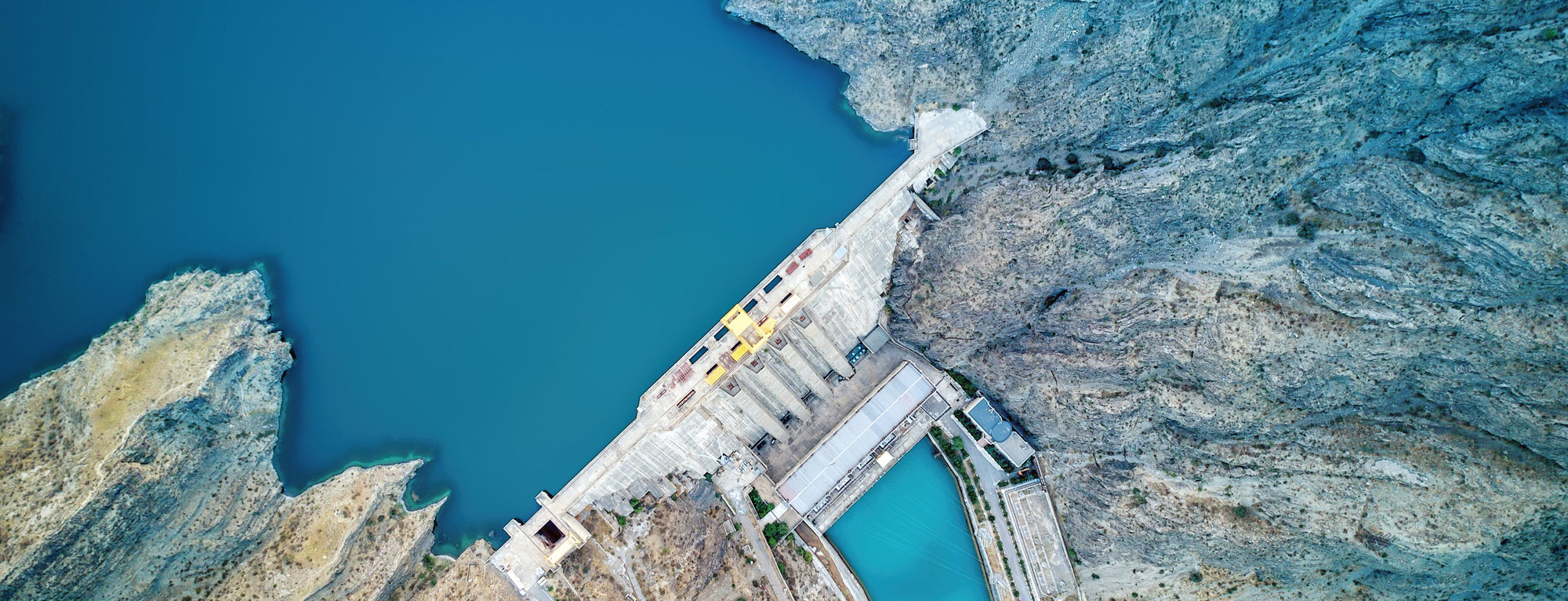 70 Years Forward: Water and hydropower
70 Years Forward: Water and hydropower
"The water and hydropower sectors have changed dramatically since our origins on the iconic Snowy Mountains Hydro Scheme 70 years ago in 1949, one of the largest and most complex hydroelectric schemes in the world. While technology has advanced rapidly, water is and will continue to be an essential and ever scarcer global resource."





